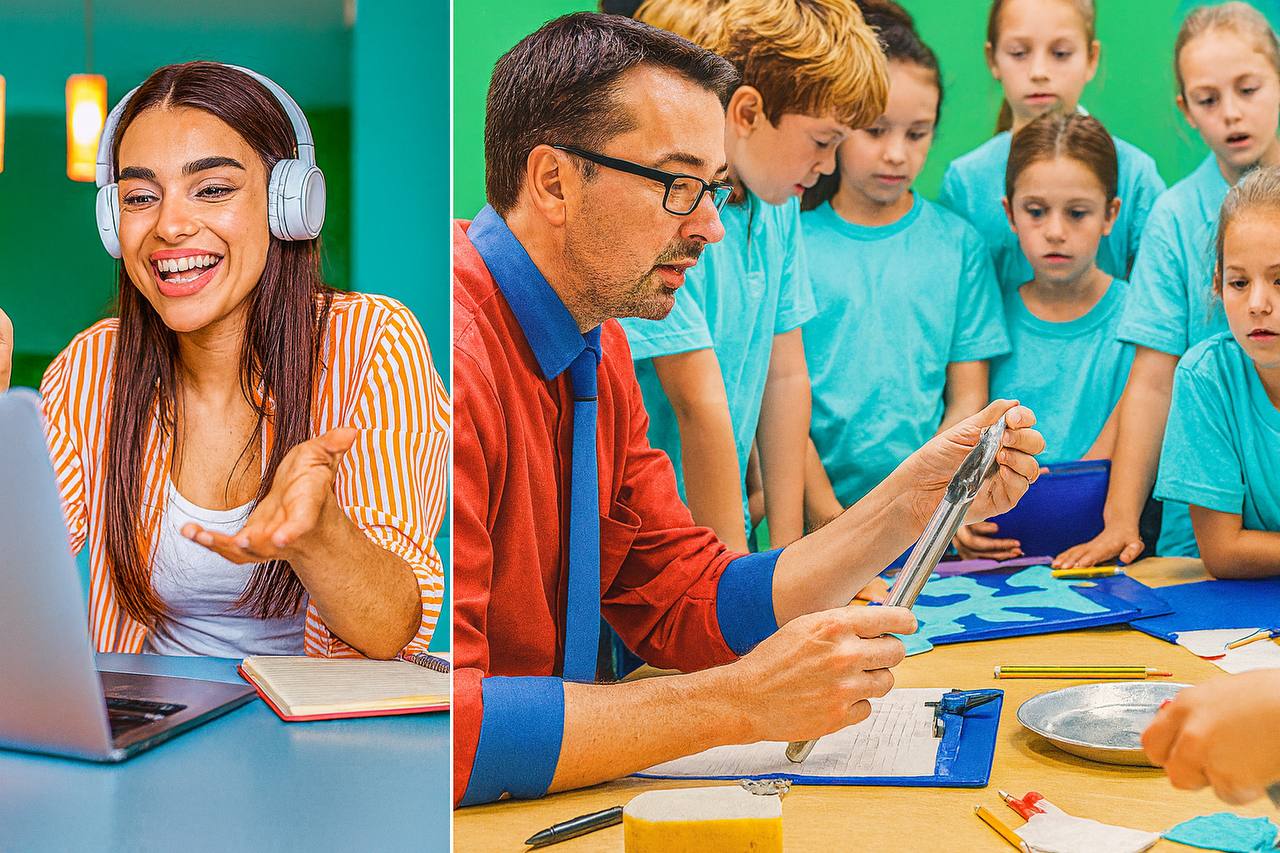
Tutoring vs Teaching: What’s the Difference and Why It Matters
I’ve spent over thirty years in education, sometimes as a teacher in the classroom, sometimes as a tutor working one-to-one. I’ve taught while tutoring, and I’ve used tutoring techniques while teaching. The two roles overlap in some ways — but they are not the same. Both are valuable. Both can change a student’s learning journey. But the way they do it, and the experience for the student, are fundamentally different.
Defining the two
For this discussion, let’s keep it simple:
- Teaching means the classroom model — a teacher delivering lessons to a whole group of students (often grouped by age) according to a set curriculum.
- Tutoring means working with a single student or a very small group, personalising the approach and pace to meet that student’s specific needs.
Of course, good classroom teaching includes personalisation, and tutoring can involve direct instruction. But the real difference lies in the nature of the student–educator relationship and the level of individual attention possible.
Why the experience feels different
A classroom might have 25–30 students, all learning the same material at the same time. Attendance is compulsory, and academic targets are often set at school or state level. The structure naturally brings an element of competition, even in supportive environments. Many students tell us they avoid asking questions in class because they don’t want to look “behind” in front of peers.
Tutoring is different. It’s voluntary, and the focus is entirely on what that individual student needs — whether it’s catching up, keeping up, or moving ahead. The tutor adapts to the student’s pace, checks for understanding constantly, and uses active listening to guide the process. It’s not about keeping up with a group; it’s about unlocking that student’s best way of learning.
The classroom challenge
Teachers want to meet every student’s needs, but big class sizes, varied ability levels, and administrative demands make it incredibly hard to give one-to-one attention regularly. In some classrooms, teachers might be managing learning levels spread across five curriculum grades at once. Even with the best methods, like the Dalton Plan which builds in one-on-one moments, the focus still has to be split between the group and the individual.
The tutoring advantage
Tutors have the time and flexibility to find the “sweet spot” for each student — building on what they already know while stretching them just enough to grow. That’s why global research, including the Education Endowment Foundation’s Teaching and Learning Toolkit, ranks one-to-one, peer, and small group tuition among the most effective strategies for boosting learning (adding four to five months of progress in a year).
Near-to-peer tutoring: a powerful connection
At Cluey, we’ve seen great results from “near-to-peer” tutoring for high school students. We match students preparing for their ATAR with university students who excelled in the same subjects just a few years earlier and are now studying aligned fields. These tutors not only understand the content, but can share real-world tips, study strategies, and an inside look at applying that subject in further study or a career.
In our work with UNSW’s Gateway program, we connect high school students — often the first in their family to consider university — with mentors who can explain the concepts, offer exam tricks, and demystify uni life. It’s academic help plus confidence-building in one package.
Why both matter
The experience of being tutored is meant to be different from being taught in class — and that’s why the two work so well together. As demands on classrooms increase and expectations on teachers grow, the gap between what’s needed and what’s possible in a school day can widen. Tutoring can bridge that gap, whether it’s to address learning loss, meet special learning needs, or extend a student beyond the standard curriculum.
This is why we believe it’s time to think less about “tutoring vs teaching” and more about how teachers and tutors can work together. By combining the structure of the classroom with the personalisation of tutoring, we can give every student the best of both worlds.



